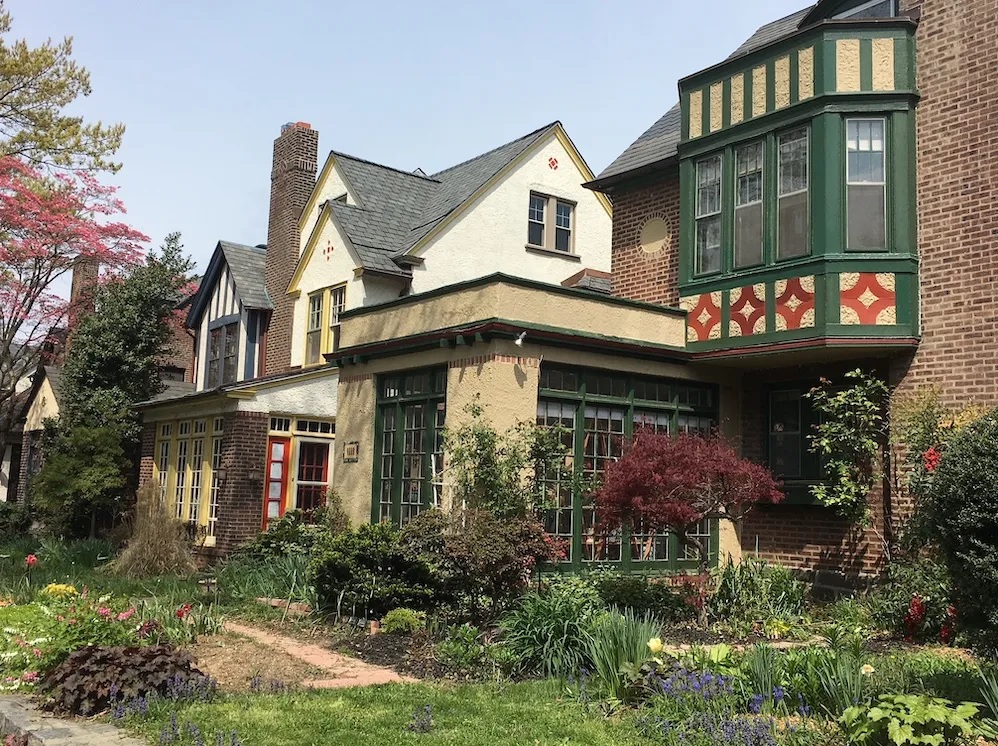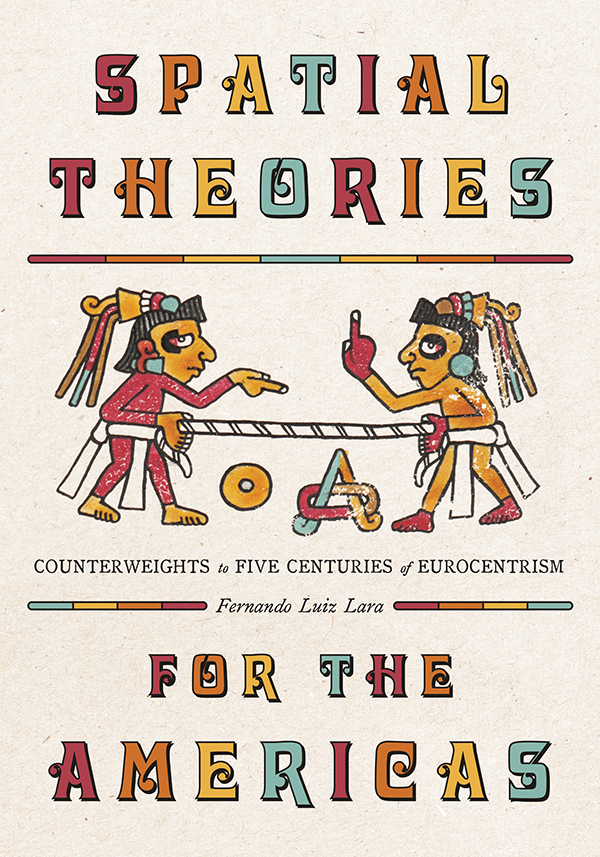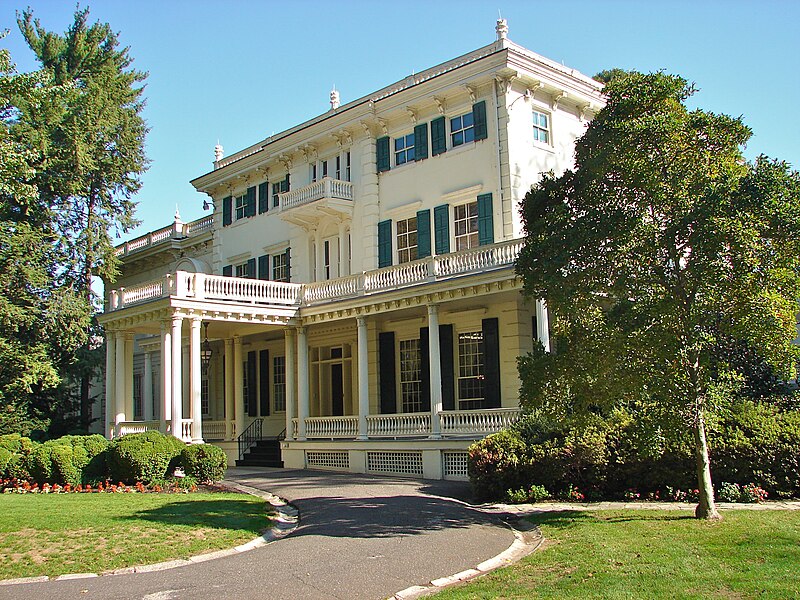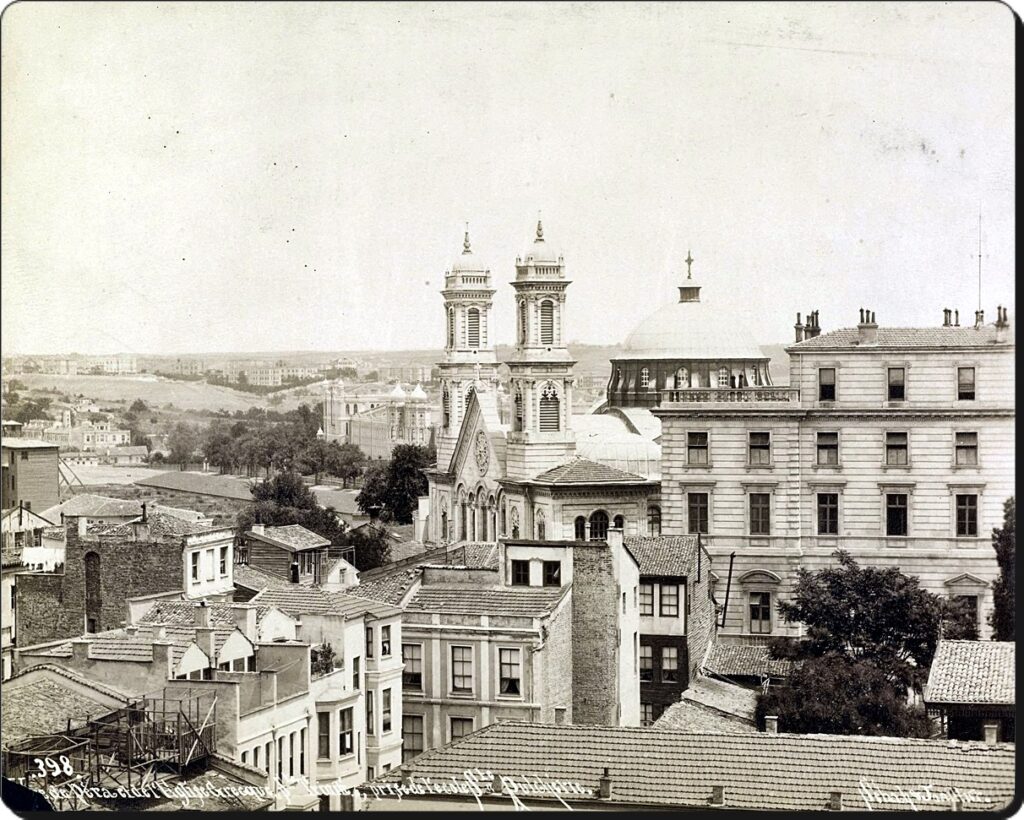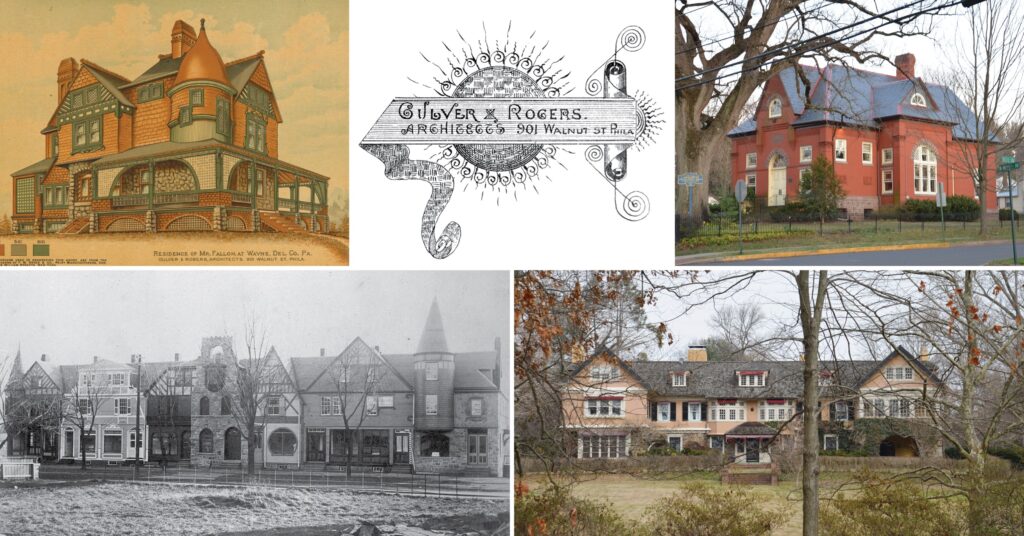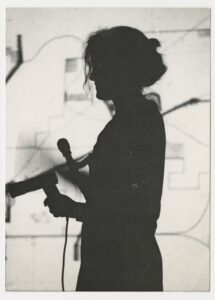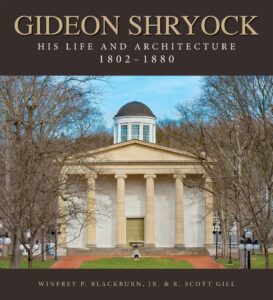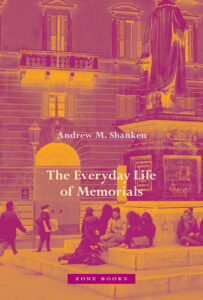MAKE WAY FOR A KINDERGARTEN: PRESERVING JOŽE PLEČNIK’S WORKS IN LJUBLJANA, YUGOSLAVIA, 1957 -1988
by Veronica E. Aplenc, PhD, Author of Imagining Slovene Socialist Modernity: The Urban Redesign of Ljubljana’s Beloved Trnovo Neighborhood, 1951-1989
Thursday, May 11, 2023, from 6:30 to approx. 8:00 PM
The Architectural Archives, Stuart Weitzman School of Design
University of Pennsylvania
220 South 34th Street at Smith Walk (Lower Level of the Fisher Fine Arts Library building)
Philadelphia, PA 19104
This is a member’s only program.
Reservations are requested at info@philachaptersah.org
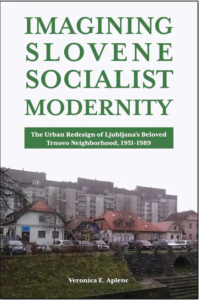
Please join us for our Annual Meeting on Thursday, May 11th, in the Architectural Archives, Weitzman School of Design, University of Pennsylvania. We will have a brief business meeting followed by the talk.
Internationally acclaimed interwar architect Jože Plečnik occupied a complex position, one both marginalized but foundational, during Yugoslav state socialism. As socialist-era architects and preservationists addressed Plečnik’s architectural works, their local professional beliefs which operated within much broader political contexts drove their actions, versus a simple politics of culture. Following training under Otto Wagner in Vienna, architect Jože Plečnik received praise for his interwar designs in Vienna, Prague, and hometown of Ljubljana, then Yugoslavia. After the WWII and Yugoslavia’s transformation into a socialist state, Plečnik’s architectural oeuvre was redefined in Ljubljana from “modern” to “classical” as the architectural profession reinterpreted itself for the new era. As Ljubljana strove to transform physically into a socialist city, Plečnik’s architectural works were also caught between urban development and preservation trends. This was particularly visible in the Trnovo neighborhood, the site of Plečnik’s residence, his interwar architectural works, and a socialist high-rise development. Through unexpected forces, Plečnik’s works went from overshadowed in the 1960s to preserved by the late 1980s, in an echoing of the architect’s ambivalent position under socialism.
Veronica E. Aplenc received her M.S. in historic preservation and Ph.D. in folklore and folklife from the University of Pennsylvania She is currently President of the Philadelphia Chapter of the Society of Architectural Historians. Her research interests include the everyday built environment, historic preservation, and the intersection of the traditional with the socialist modern. Her work on the everyday built environment in socialist Yugoslavia has been supported by IREX and Fulbright grants. In addition to her scholarship, she has collaborated on international research teams, participated in international teaching exchanges, and serves as a preservation and planning consultant.
The Architectural Archives are located in Frank Furness’s Fisher Fine Arts Library, on 34th Street just south of Walnut Street. They are easily accessed by SEPTA (bus routes 21 and 42; 33rd Street trolley stop; and 34th Street subway stop). Parking is available in lots, including on the NE corner 34th & Chestnut Streets (enter from 34th Street) and in garages, including on the NE corner of 38th and Walnut Street (enter from Chestnut Street). On street parking is available, but may be limited.
The exhibit “Minerva Parker Nichols: The Search for a Forgotten Architect” is currently on view at the Archives. Feel free to have a preview before our meeting begins. The Chapter has scheduled a tour of the exhibit on Monday, June 5th. Sign up details for that program will be sent out shortly.
Also save the date for an Architectural Walking Tour of Chambersburg, PA, on Saturday, August 12 with architectural historian and part-time Chambersburg resident Jay Shockley. Details for this program will be sent out this summer.
Please send questions to info@philachaptersah.org.

